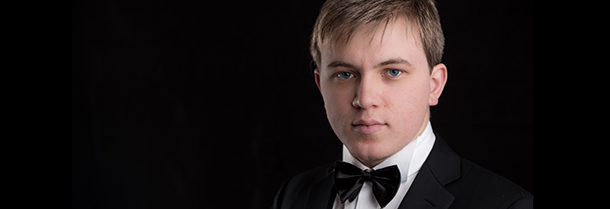Tag: vancouver
-
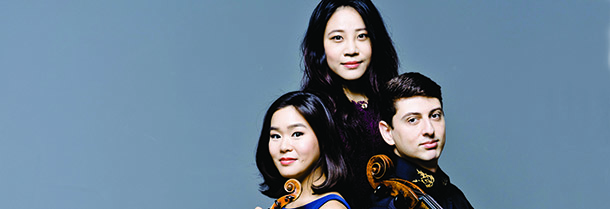
PROGRAM NOTES: Z.E.N. TRIO
Franz Schubert Notturno in E-flat major Op. 148 Schubert’s Adagio for Piano Trio D 897 was composed in 1827 but only published decades later, under the publisher’s title Notturno. And indeed, the opening section does conjure up images of nighttime serenity, with its heavenly texture of harp-like arpeggios in the piano supporting a hypnotic melody…
-

PROGRAM NOTES: NIKKI AND TIMMY CHOOI AND ANGELA CHENG
Claude Debussy Sonata in G minor for violin and piano The sound of Debussy’s music confounded many of his contemporaries. From a tonal point of view, it floated in stasis in a world of pastel sounds that arrived at their destination more by whim than by design. How, they asked, could what he composed actually…
-

PROGRAM NOTES: TETZLAFF-TETZLAFF-VOGT TRIO
Wolfgang Amadeus Mozart Piano Trio No. 1 in B-flat Major K 502 The piano trio developed out of the ‘accompanied’ keyboard sonata, a makeshift compositional genre that attempted to compensate for the weak ‘tinkly’ tone of the early fortepiano (forerunner of the modern pianoforte) by the addition of a violin to reinforce the singing line…
-
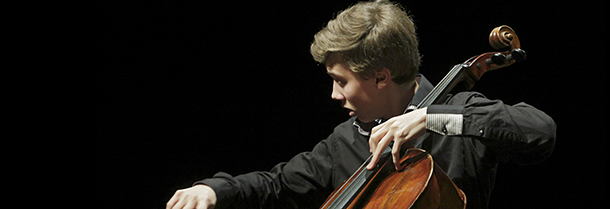
PROGRAM NOTES: JONATHAN ROOZEMAN
Luigi Boccherini Sonata in A major G 4 Luigi Boccherini was perhaps the greatest cellist of the 18th century, and like his compatriot of a previous generation, Domenico Scarlatti, he spent the most active portion of his professional life at the court of Spain. His royal patron, the Spanish Infante Don Luis Antonio, younger brother…
-

PROGRAM NOTES: YEVGENY SUDBIN
Domenico Scarlatti Sonata in B minor K 197 Sonata in G major K 455 “Probably one of the most outrageously individual compositional outputs of the Baroque era is to be found in the keyboard sonatas of Domenico Scarlatti,” writes Yevgeny Sudbin in the liner notes to his 2004 Scarlatti album. This may explain why Scarlatti’s…
-
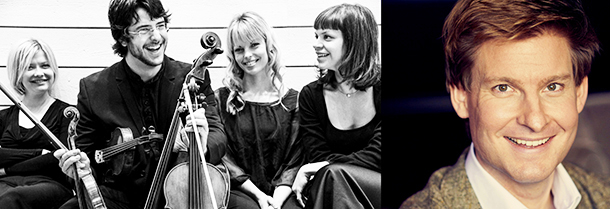
PROGRAM NOTES: CHIAROSCURO QUARTET AND KRISTIAN BEZUIDENHOUT
Franz SchubertString Quartet No. 14 in D minor (“Death & the Maiden”) Schubert’s “Death and the Maiden” string quartet is a sombre work, with all four of its movements set in a minor key. It takes its name from the composer’s lied Der Tod und das Mädchen (1817) that provides the theme for the quartet’s…
-

PROGRAM NOTES: PAUL LEWIS
Franz Joseph Haydn Sonata in E minor Hob. XVI:34 It is unusual to encounter a sonata in a minor key from “Papa” Haydn, a composer best known for his chipper disposition. But his Sonata in E minor likely dates from the late 1770s, which could explain its turbulent mood. The 1770s was the decade of…
-
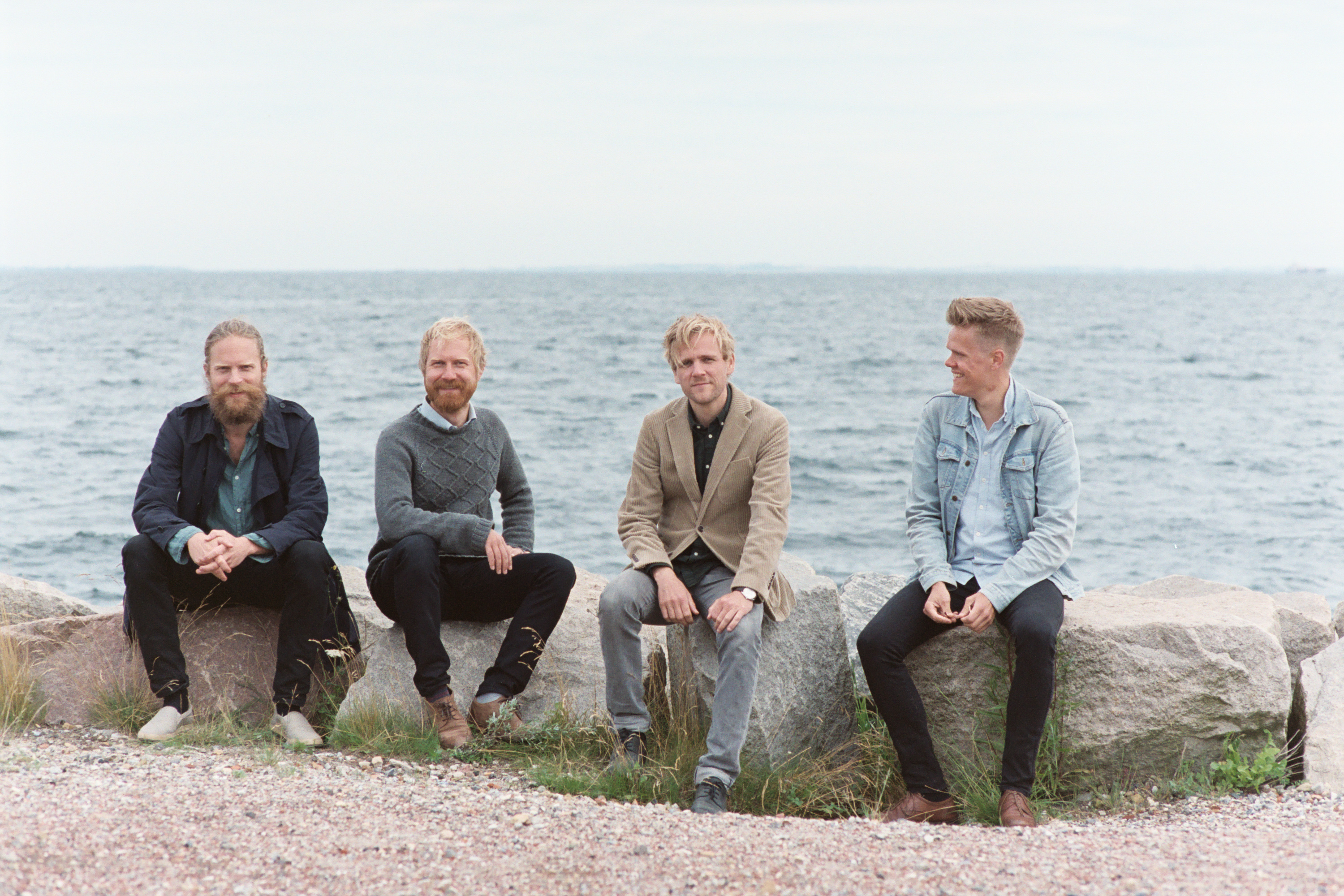
PROGRAM NOTES: DANISH STRING QUARTET
Ludwig van Beethoven String Quartet in C minor Op. 18 No. 4 In the Napoleonic era, when a Viennese aristocrat was thinking of entertaining friends at home, he might pop down to the local shop to pick up a six-pack—of string quartets, that is. The most refined form of home entertainment in Austria’s capital was…



